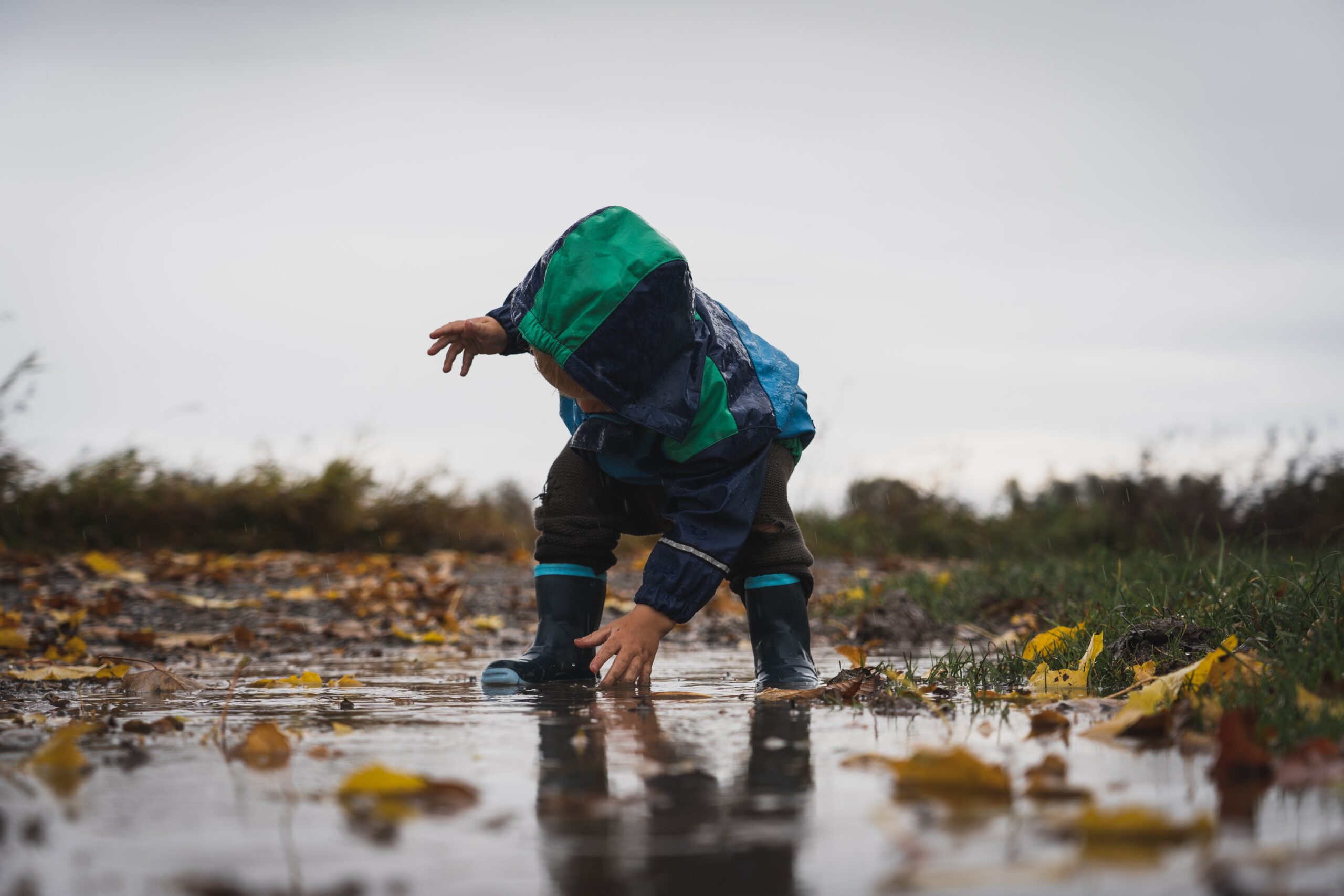Children’s imagination
We can all constantly observe that children live out their great imagination on a daily basis. They tell or play fantastic stories and invent creatures and figures such as dragons, monsters, fairies and many more. For us adults, this sometimes proves to be rather difficult and it takes more effort to let our imagination run free.
Imagination starts early in children, for example, when they eat porridge. When they play with the porridge, we adults think “oh no, afterwards everything is dirty”. However, these are also signs that children are beginning to develop their first imagination. The bigger the children become, the more they can use their imagination and deepen it. They develop pictures to radio plays or stories read aloud and their own continuing ideas and thoughts emerge. They think up their own games with their friends and begin to explain the world with their own fantasies and find explanations for connections. Imagination helps them to process events from their everyday life and to be able to comprehend and understand complex things. From the third to about the fifth year of life, the child is in the magical phase. During this time, everything is possible in the child’s world and reality is mixed with his or her imagination.
Sometimes we adults are not aware that children’s imagination is very important for their development. By living out their imagination, various developmental steps happen in the different areas of development. For example, they learn to realize their creativity, to flexibly integrate their play ideas into everyday life and to explore their environment.
How can we encourage the children’s imagination?
- We leave the children enough free time to devote themselves intensively to their own play ideas, to develop their creativity and to deepen their imagination.
- We often have the feeling that the children are bored and that they need more material stimulation (toys). However, too many materials lead to overload and stimulus overload.
- Increasingly, we buy the children toys that make sounds, play music or have color effects. We don’t think about the fact that such toys stop the children’s imagination and that they don’t have to think for themselves during play.
What is important is that we support our children in their development and in acting out their imagination, even if this means that we actively get involved to intensify the support. In addition, it is important that we take the children seriously in their imagination and respond to the often very imaginative and creative stories, because this is how the children process reality and even overcome fears and insecurities.
Chiara Guglielmo, deputy site management, Nursery Zug
Photo by Andre Taissin on Unsplash







